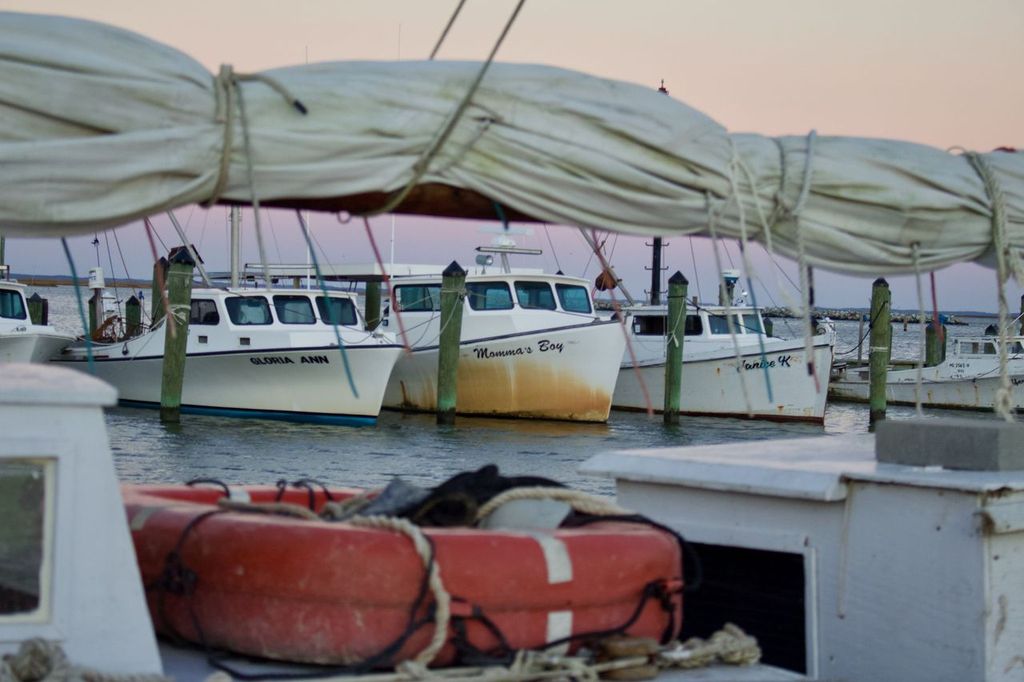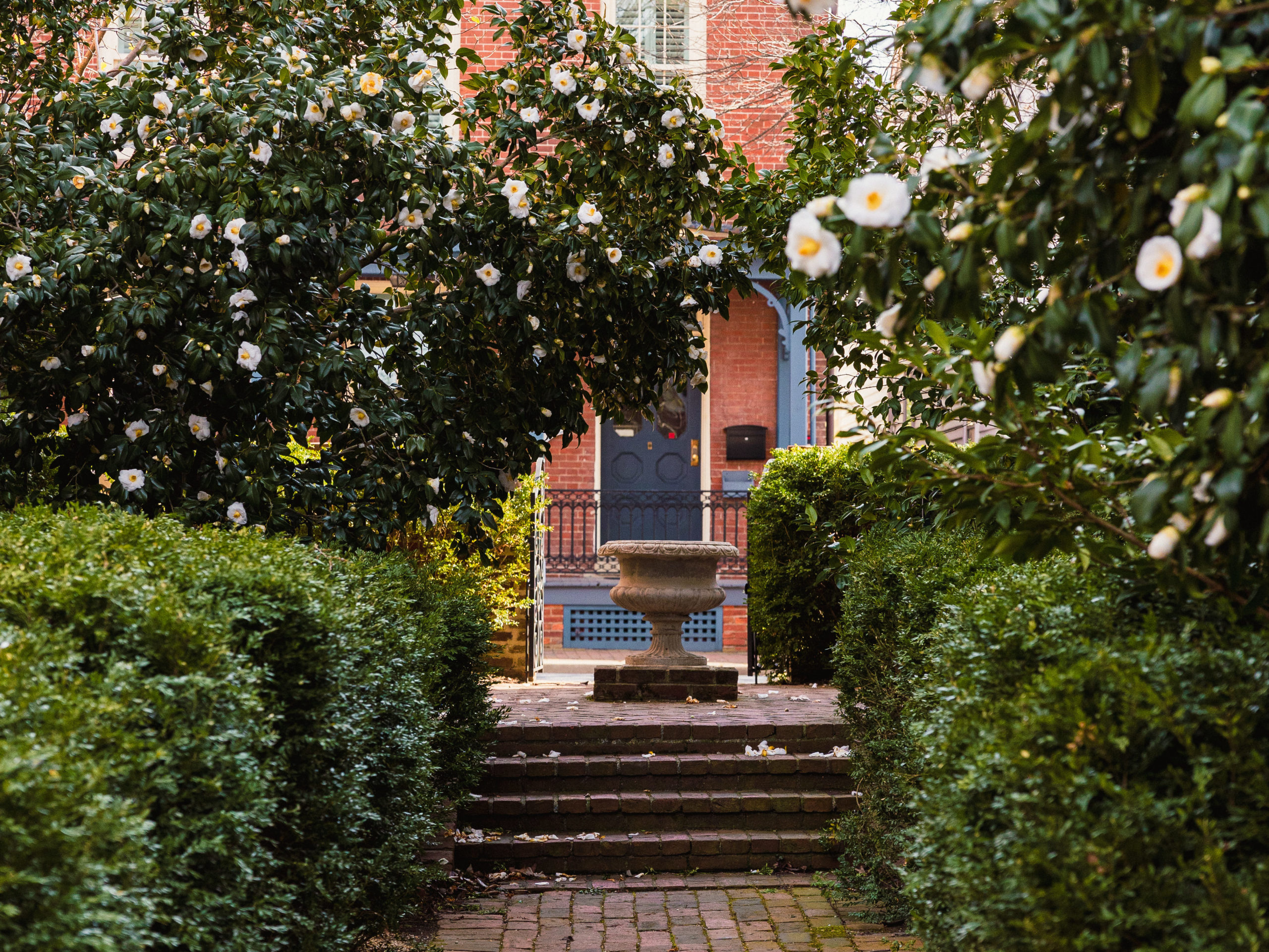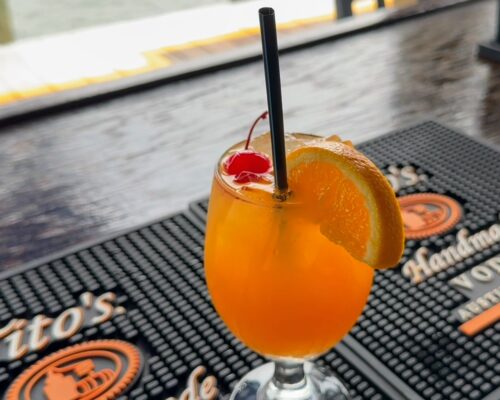On a map, the Eastern Shore of the Chesapeake Bay looks like a creature lying on its side. Tail pointing toward the Atlantic Ocean, its many crooked legs—each a peninsula—are curled against the Susquehanna’s forever flow. Etched by tiny tributaries and softened at the edges by marshes, these points of land taper to islands on their fringe.
Eastern Neck, Kent, Tilghman, Hoopers, Holland, Bloodworth, Deal—for centuries these remote Eastern Shore islands were outposts of watermen and sailors, offering refuge to pirates, runaways and ne’er-do-wells. Today, they are the protected capsules of remarkably authentic Chesapeake history, environment, food and culture. And despite their far-flung locales, most of them are surprisingly accessible by car. So, buckle up for an island-hopping road trip that will take you through time and tide to discover the places, people, traditions, and tastes in the heart of Chesapeake country.
Tilghman Island
When you reach the twee shops and village charm of St. Michaels, just keep going. Tilghman Island, located at the tip of the “Bay Hundred” peninsula, is perched at the confluence of the Chesapeake, the Choptank, and Harris Creek, at the end of what feels like the road to nowhere.
It’s a journey to get here—but you’re rewarded with a community rich in maritime charm and traditions once you do, well worth an overnight stay. Workboats and working skipjacks still pass beneath the Knapps Narrows drawbridge connecting the island with the mainland, and oysters and crabs are still mainstays of the island’s waterman economy. It’s a quintessential Chesapeake community, where lawn ornaments are likely to be stacks of crab pots and stands of loblollies, and old W-shaped houses built in the 19th century oystering boom are still home to descendants of the same fishing families.
But change has shaped the island, too. Tilghman’s quiet streets and thriving marshes have appeal—and for the last few decades, plenty of visitors have enjoyed themselves so much, they’ve decided to put down roots. The market is booming for a piece of Tilghman waterfront, and some new boutique hotels and hip eateries have capitalized on the island’s magic, offering visitors the chance to linger through a sunset meal and relax into Tilghman’s easy pace.
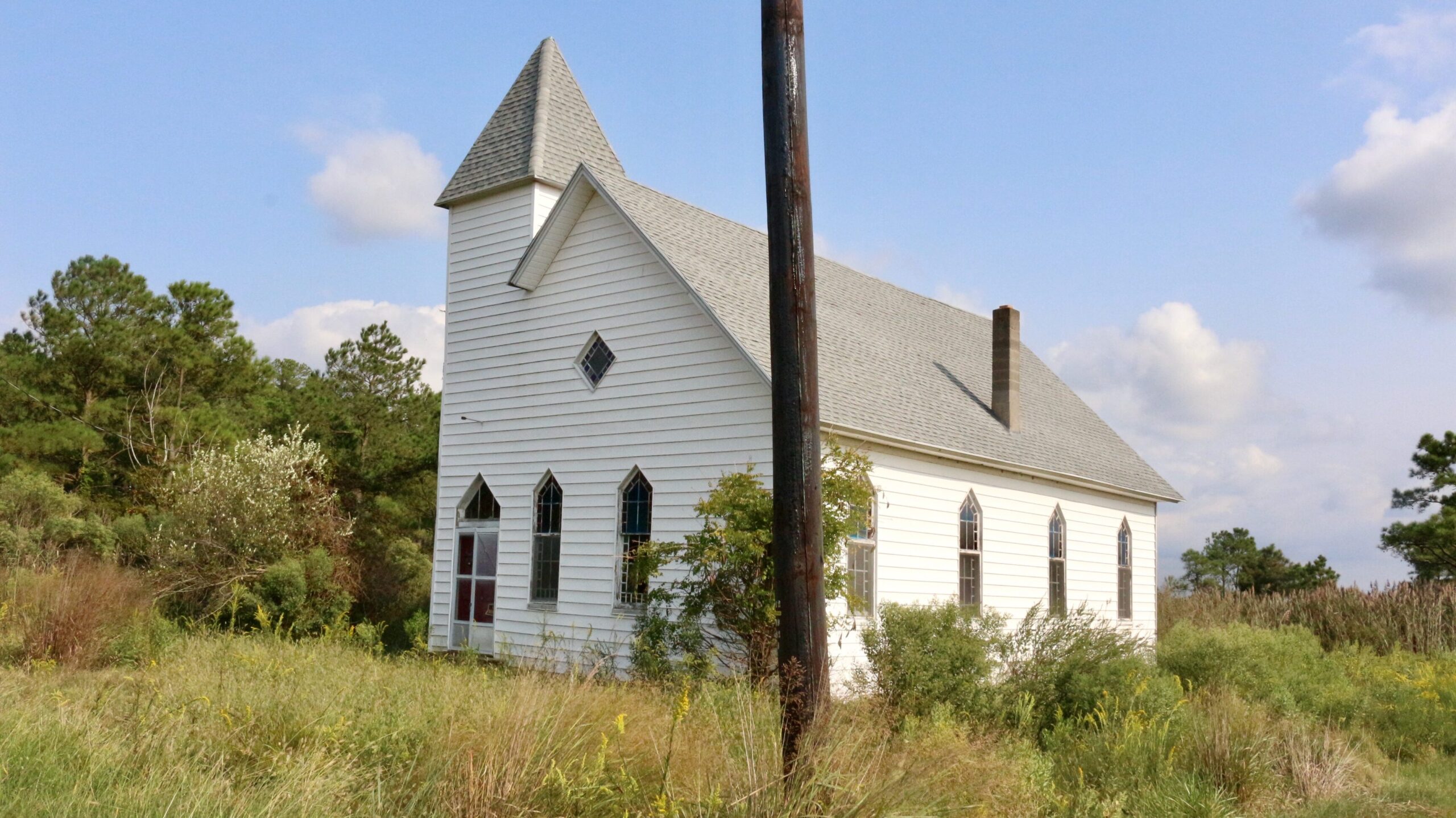
What to Do
This eclectic (and free!) collection of prints, photographs, artifacts, oral histories and memorabilia was established in 2008 to celebrate and preserve the history, traditions, and culture of Tilghman Island’s watermen and their families. Housed in one of the island’s remaining “W” houses, the museum was founded in an effort to save a historic 1901 skipjack, the Kathryn, and later expanded to document the island’s unique community through stories, art, and artifacts. Hand-carved decoys, trailboards, model boats, and vibrant oyster cans from the island’s canneries highlight the island’s rich heritage and knowledgeable local docents bring to life stories from the past.
Tilghman is a waterman’s island—so when in Rome, go fish! Nobody knows the water business—or how to set you up for a great day on the Bay—like one of Tilghman’s OG’s, Wade Murphy III. Capt. Murphy, son of the famed Chesapeake waterman of the same name, offers a day of fishing or crabbing and a half bushel of crabs per person to take home. You’ll also bring home a lifetime of Murphy’s Chesapeake stories and memories—from racing skipjacks to dredging oysters in the winter. Murphy, a third-generation waterman and a first-class raconteur, also offers sunset cruises on his Bay-built workboat. Cruises and charters depart from the north side of Dogwood Harbor on Tilghman Island.
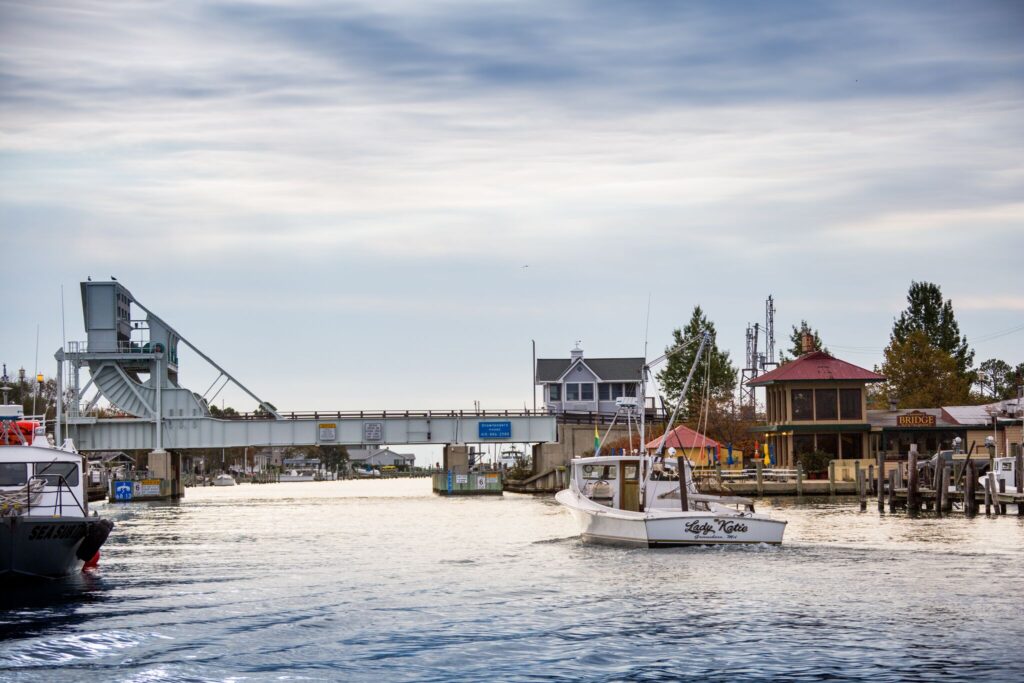
What could be better than visiting an island? Visiting more islands, obviously! Book a (free!) reservation in advance for a short boat ride out to visit the reclaimed Poplar Island. Poplar began as an island community and later evolved into a private waterfowling club and politician’s retreat, and had almost completely eroded into the Chesapeake by the mid-20th century. Using dredge spoils from Baltimore Harbor, the island has been slowly restored by the State of Maryland and is a thriving nature sanctuary today. Bring binoculars—the birding on the island is excellent.
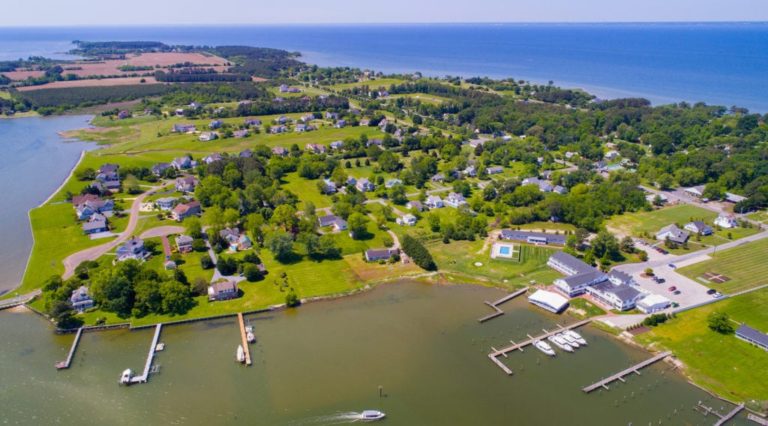
If an overnight or a meal is in the books, there are plenty of great options to choose from on-island.
Where to Eat
- Tilghman Island Country Store: A taste of true island life, great for sandwiches and to swap fish tales with locals.
- Tickler’s at Wylder Hotel: Upscale cocktails and updated takes on classic Chesapeake fare, plus steamed crabs to boot.
- Blue at Tilghman Island Inn: Great waterfront sunsets, an inviting deck and farm/Bay to table dishes.
Chesapeake Bay Magazine recently visited Tickler’s at Wylder Hotel to see the fresh seafood they pluck right from the dock:
Where to Stay
- Wylder Hotel on Tilghman Island: Hip island retreat & restaurant
- Tilghman Island Inn: Boutique waterfront inn and restaurant
- Black Walnut Point Inn: Historic secluded island retreat
- Knapps Narrows Inn: Bridge views and onsite marina
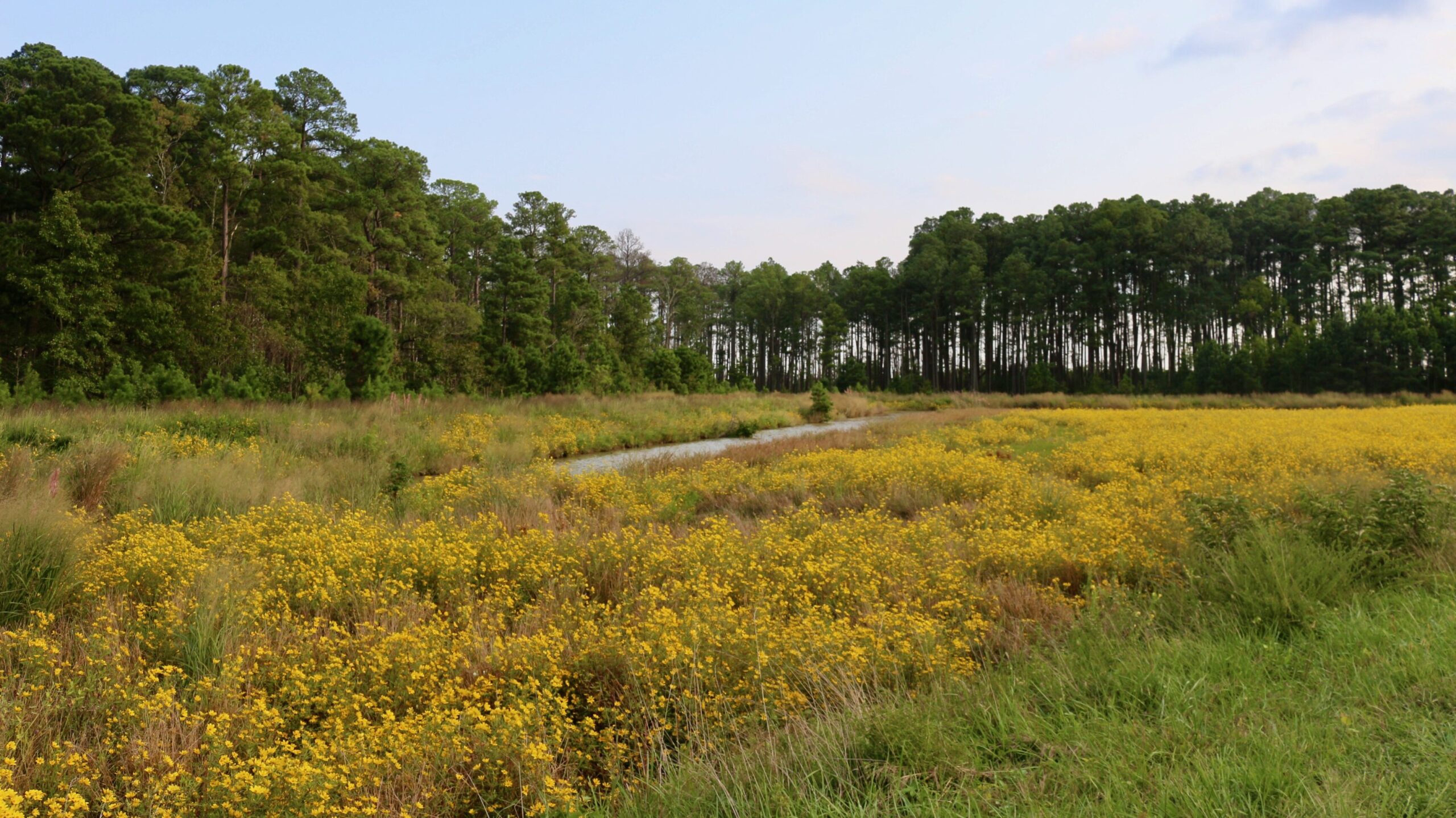
Hoopers Island
The drive from Cambridge to Hoopers Island (pronounced “hup-pers” by locals) takes you deep into the heart of Chesapeake country, and getting there is half the adventure. Driving through small towns and old homesteads, you’re surrounded by a zero-elevation landscape that often relaxes into marshes and lowlands, especially as you enter Blackwater National Wildlife Refuge. It’s a water world of rich wetlands, tannin-rich tributaries, and powerful history that Harriet Tubman once called home. Pull off for an hour or so to explore the Harriet Tubman National Museum—free, beautifully interpreted, and deeply moving—and continue south. Emerging from Blackwater, the land narrows around you until you reach a winding two-mile-long causeway—the lifeline that connects Hoopers Island to the rest of the world.
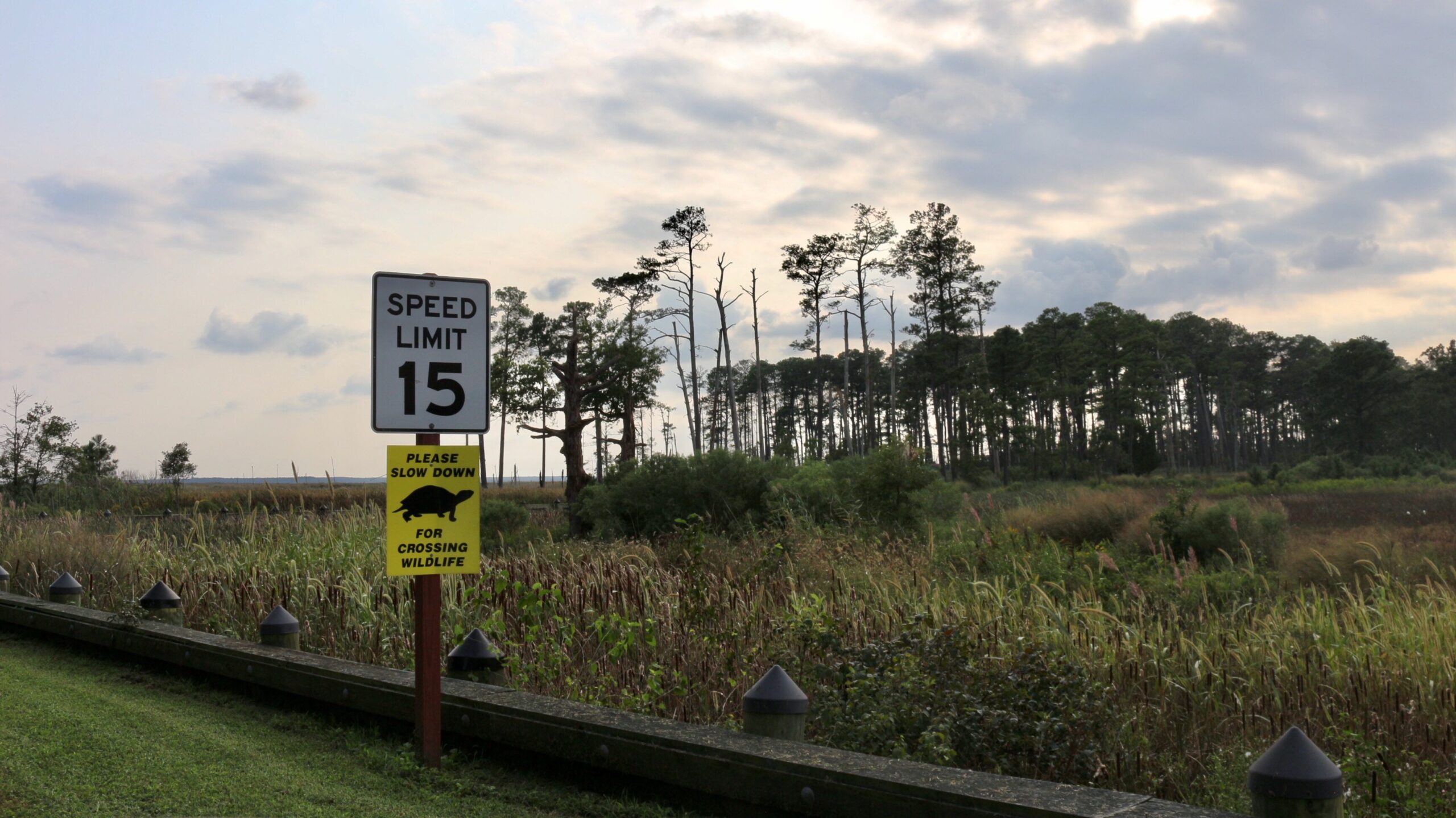
Technically a cluster of three islands, this haven for maritime culture has seen some tough times as the Bay’s fisheries have fluctuated. But there are still plenty of working watermen here, and newer ventures into aquaculture and ecotourism are helping buoy the small island’s economy. Hoopers is great for a half-day trip, and paired with a lighthouse excursion and a perfect crabcake at Old Salty’s, it is a great place to experience Chesapeake fishing heritage.
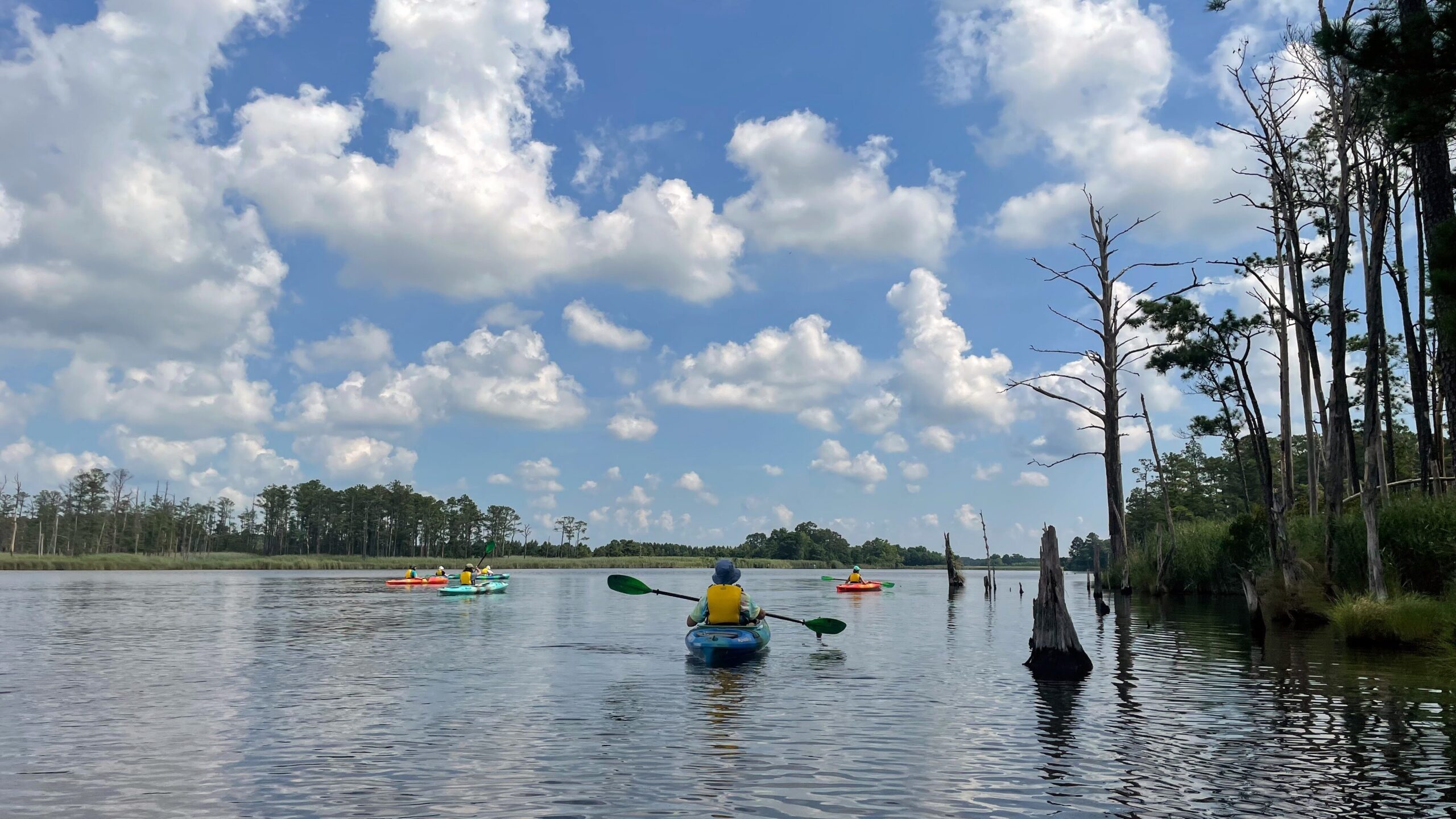
What to Do
Waterman’s Rodeo Boat Docking Contest
if you’ve never witnessed the Chesapeake Cowboys boat docking competitors, it’s an exhilarating sight. Watermen back their souped-up workboats into a slip and land four docklines onto four separate poles, and they must do it faster than the competition. The Hoopers Island Volunteer Fire Company is holding its Annual Watermen’s Rodeo Boat Docking contest at the P.L. Jones Marina and Boatyard on Old House Point Road in Fishing Creek. There are individual, team and youth categories. At the end, there is a grand finale with everyone competing against each other for the fastest overall time. It’s held Sunday, Sept. 8, 2024, 11am-5pm.
Harriet Tubman Underground Railroad National Historical Museum
This gorgeous tribute to Tubman—her life story, mastery of the Blackwater landscape, her many daring trips up and down the Eastern Shore to shepherd the enslaved to freedom—lies low and close to the land. Evocative, with immersive displays and moving stories, music, and films, the museum will deepen your appreciation for Tubman’s incredible legacy and open your eyes to the layers of time lingering here in Blackwater’s creeks and pines.
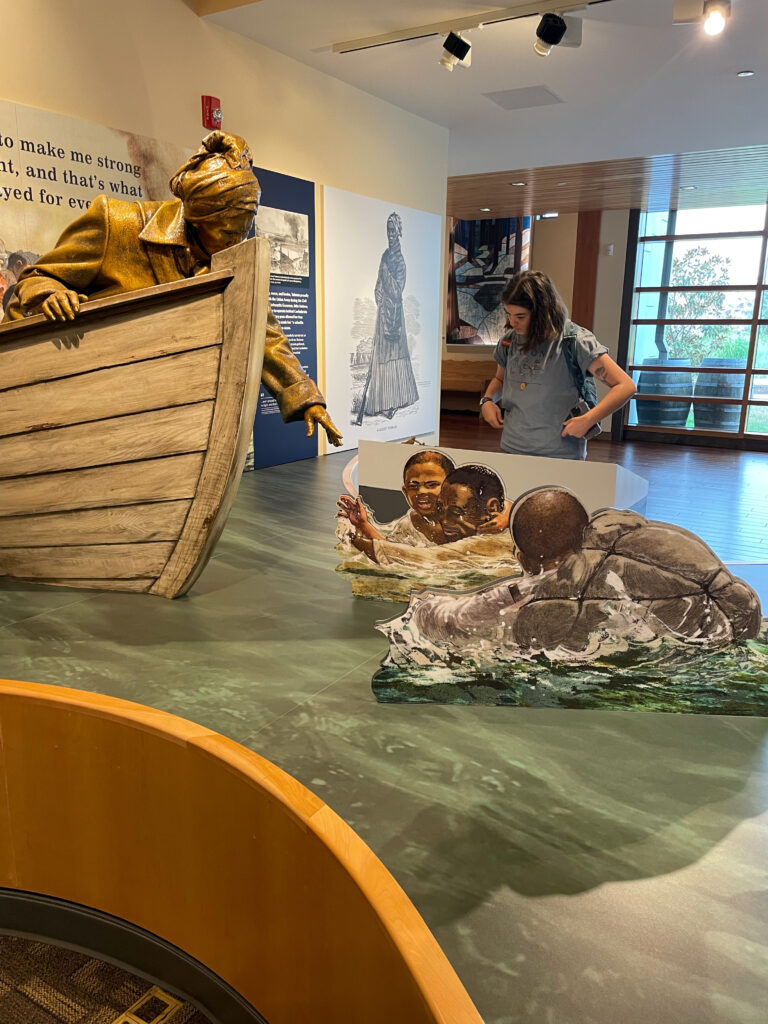
Hoopers Island General Store
Part restaurant, part store, and part fishing gear shop, the General Store is a great place to take the pulse of the island. As the beating heart of the community, the General Store provides a natural starting point for your visit. A lot of working watermen start and end their days here, so sit down for a egg-and-scrapple sandwich or a cold draft beer and catch up with a local or two. The folks here will be happy to set you up with everything you need to hand-line for crabs or drop in a line at the harbor, too.
Lighthouse Cruise
Hop aboard a classic Chesapeake deadrise for a trip to explore five local lighthouses—including the iconic Hooper Island Light—with Sawyer Fishing Charters & Chesapeake Bay Tours. Once these beacons were critical to Chesapeake navigation, warning ships of shoals at nighttime and during fog. Today, those that remain are electrified, but still speak volumes about the Bay’s courageous lighthouse keepers who braved ice floes and isolation to keep the lamps lit. The Schauber family runs the business and offers narrated cruises of the nearby Honga River as well as other themed Bay experiences.
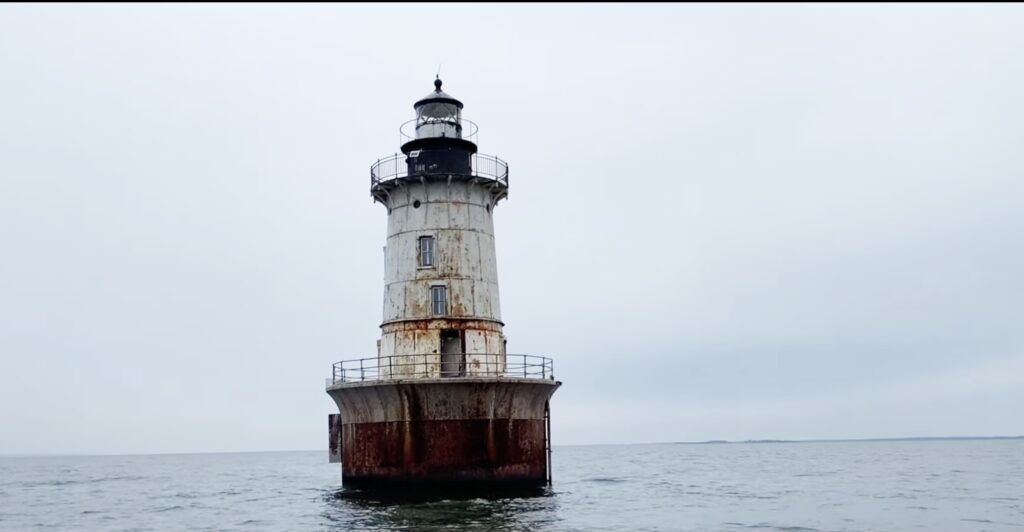
Where to Eat
Old Salty’s
No trip to Hoopers Island is complete without a stop at Old Salty’s to dig into one the island’s main exports—crabmeat. With several active crab packing houses still picking, packing, and shipping containers of the Bay’s “white gold,” this is the place to tap into the good stuff with bowls of cream of crab soup, golden fried crab cakes, and crispy softshells. There’s a great patio, too, where they fire up live music on Saturday nights and the islanders come out to play. It’s a great spot to settle in for a sunset overlooking nearby Barren Island, only made better with a few crabcakes, a basket of snakehead “Chesapeake Channa” bites (extra points for tackling invasive species), and a cold crush to wash it all down.
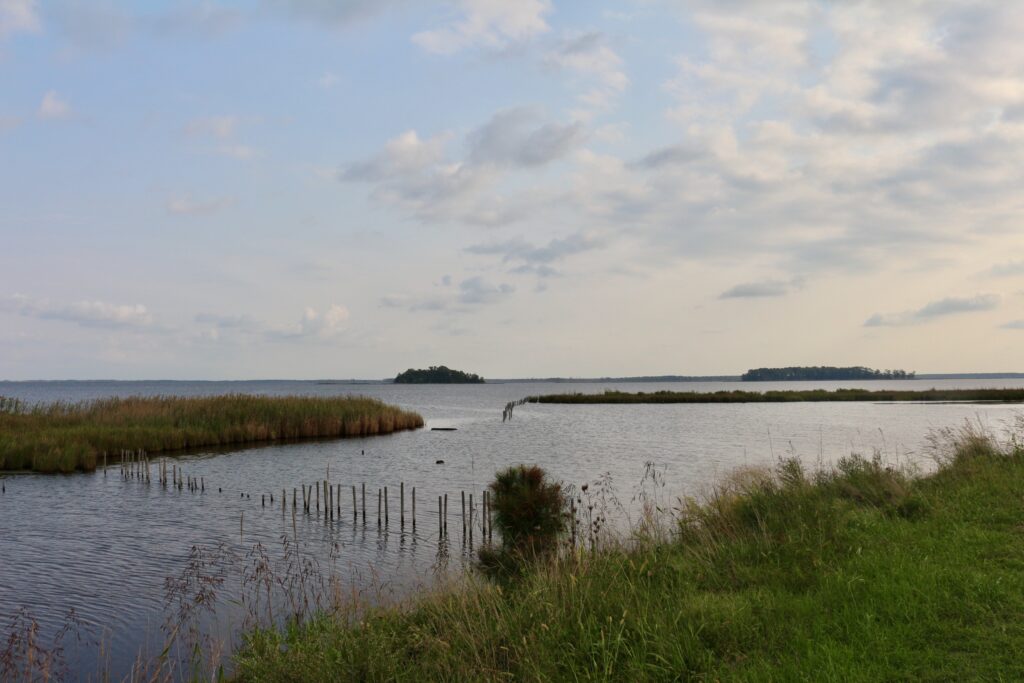
Deal Island
Take right turn just past the old Federal rooftops of Princess Anne and follow the smell of salt marsh down Route 363. Here, where the land barely keeps its head above the Chesapeake’s waters, was the stomping ground of pirates, rum runners, free Blacks, and fisherman. Now known politely as “Dames Quarter”—a cleaned up version of its original name, Damned Quarter—it’s the ramshackle gateway to a cluster of working maritime communities around Deal Island, including Chance, Wenona, and to the south, Rumbley. It’s also a great place to tap into skipjacks, one of the great enduring traditions of the Bay’s fisheries. These big, sail-and-push-boat-powered working girls of the 19th and 20th centuries have persisted thanks to boatyards and owners with the skills and determination to maintain them. From skipjack races and skipjack rides, to a museum dedicated to the stories and heritage of these iconic vessels, the communities here work hard to pay tribute to the Chesapeake’s maritime past.
What to Do
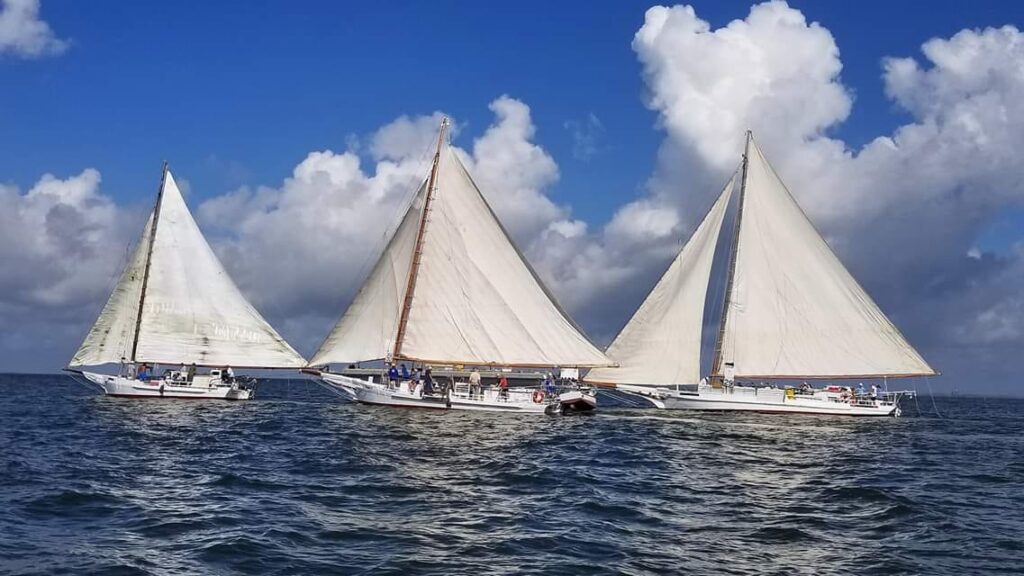
The first weekend in September signals the annual Deal Island skipjack races, when around 30 of the Bay’s surviving skipjacks convene to race for glory. Since 1960, the race has followed a course from Deal Island to Wenona and back, on the Sunday and Monday of Labor Day weekend. The celebrations have grown to include a beauty pageant, blessing of the fleet, community barbecue, boat docking contest, live music, and all the classic Eastern Shore fun you can handle. Sponsored by the Deal Island-Chance Lions Club, it’s a great reason to visit Deal, and to enjoy the incredible spectacle of skipjacks under sail departing Wenona Harbor. Mingle with the community, take a selfie with this year’s pageant queen, get a belly-busting pulled pork sandwich or a crabcake, and experience true living history as it unfolds. The race is scheduled to start at 9:30 a.m. on Monday, so don’t be late—and bring a camera and some singles tucked in your wallet for the home-cooked fare!
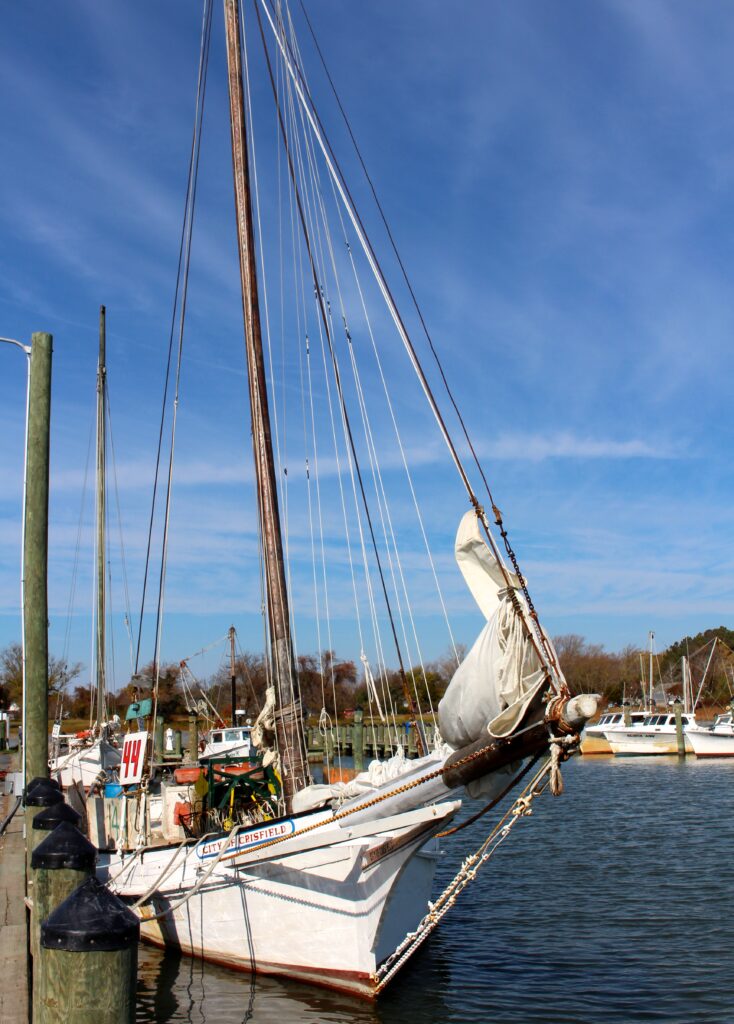
Skipjack Heritage Museum
Located in Chance, Maryland, this little gem is dedicated to preserving the history of Deal Island’s maritime communities and the skipjacks that sustained them. Full of treasures, the mementos, tools, photos and boat models collected from locals speak volumes about the generations of men and women who built the culture. Witness firsthand the innovation and skill of boatbuilding in boatyards that were little more than beaches with some blocks and a toolbox. There are brightly painted trailboards from bygone bugeyes, and prayer books from churches where watermen’s families prayed for their safe return from oystering. It’s moving, and it paints a full picture of the vibrant communities and day-to-day lives of the people working the water, and the folks at home who supported them. Today, the museum is taking on the restoration of one the Bay’s great local skipjacks, City of Crisfield—and popping in to check on the progress is just another great reason to stop by.
Skipjack Kathryn cruises
Your trifecta of Deal skipjack experiences isn’t complete without the piece de resistance—a skipjack cruise onboard the Kathryn. From April through October, Capt. David Whitelock takes passengers out to experience the Chesapeake the way local watermen have for generations. Built in 1901, Kathryn is one of the oldest surviving vessels in the skipjack fleet and was appropriately designated a National Historic Landmark in 1994. She was restored in 2010 at the Chesapeake Bay Maritime Museum, and today serves as a fitting ambassador for one of the Chesapeake’s great enduring traditions.
Where to Eat
Dining options are most abundant in Princess Anne, an historic Eastern Shore town is also home to the University of Maryland Eastern Shore, a historically Black college.
- Squeaky’s Cafe: the internet is raving about this small cafe’s crabcake sandwich. Go and see for yourself!
- Beach to Bay Seafood: it’s not fancy, but they know their way around seafood. Stop by this no frills joint for crab cake platters, Maryland crab soup, fried oysters, hush puppies and fish sandwiches prepared by folks who know what they’re doing.
Where to Stay
There are plenty of Airbnb’s in the area, but the best options are in nearby Princess Anne or on the waterfront.
- Princess Anne Book Lovers Inn: a literary-themed B&B in a charming 19th century home with a deep front porch.
- Sugar Water Manor: A waterfront farm with comfortable, upscale cottages, a pool, a barn full of friendly animals, and a true Eastern Shore atmosphere.

